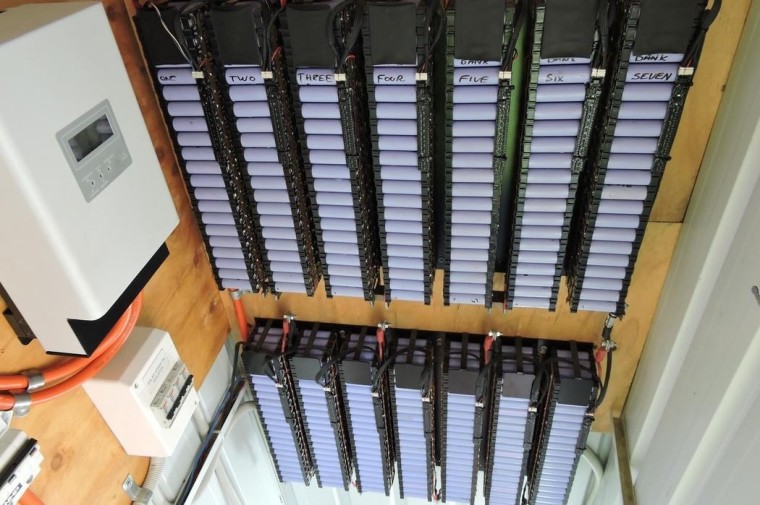
It seems that Tesla has been grabbing a lot of the limelight as far as power storage solutions have been concerned over the last couple of years, with the company launching its Powerwall product back in 2015, with a rollout in Australia kicking off at the end of that year. Tesla also made headlines after making a bold offer to solve South Australia's power shortage woes, which had left 40,000 people without electricity. The business subsequently won the contract to deliver a 100MW battery to the state within 100 days of the contract being signed.
However, there are some who find the high price tag of the Powerwall, and similar products, a difficult pill to swallow. Instead, some resourceful individuals have turned their attention towards building their own versions using batteries from old or discarded laptops with some claiming that their homegrown solutions can store just as much, if not, more energy that Tesla's products.
While the humble 18650 lithium-ion battery appears to be the battery of choice amongst this maker segment, they can be somewhat expensive via retail or second-hand channels where they go for about $5 each. As such, scavenging individual cells from laptops has yielded a more economical outcome but often required significant effort to procure. In fact, Australian-based builder, Peter Matthews, remarked that:
"In the early days I spent like 5 or 6 hours a week calling people, I drove hundreds of kilometers each way to pick up batteries."
To put Matthews' hard work into perspective, Tesla's Powerwall can store up to 14kWh while his own solution, integrated with 40 solar panels, is claimed to store around 40kWh and comprised of 4,480 cells.
Despite it being admirable that individuals are able to turn the wastefulness of others into their own personal benefit, there are certainly risks involved, particularly for those without prior engineering or electrical experience. This has led to responsible builders to incorporate safeguards such as battery management systems to monitor temperatures, over and undercharging, as well shorts.
While it does go to show that, with a bit of time and effort, people can save themselves a pretty penny in terms of costs, a project of this variety is definitely not for the faint of heart or the uninformed.
Source: Motherboard via Futurism | Image: Peter Matthews via Motherboard

















25 Comments - Add comment